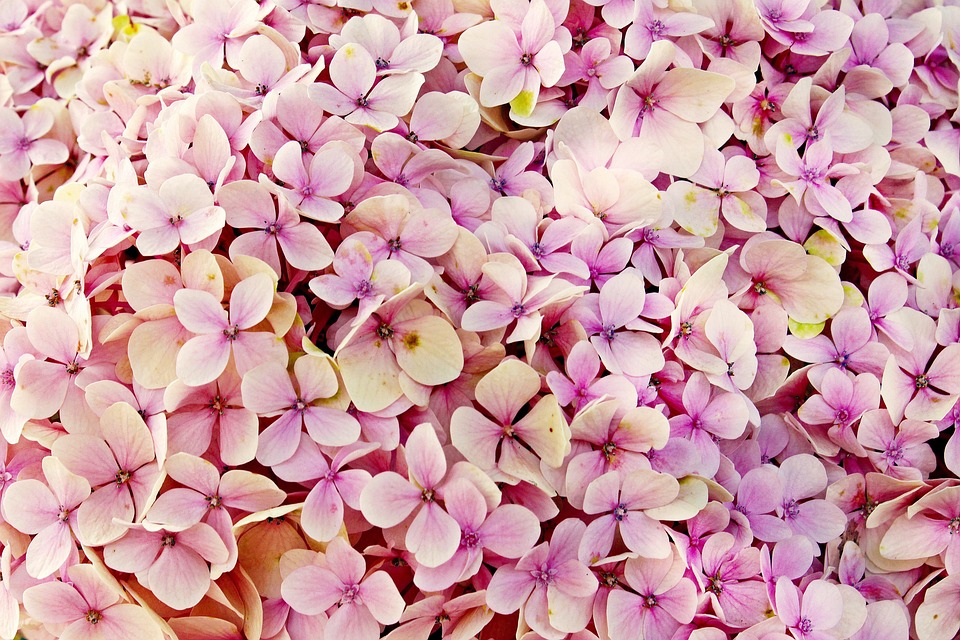# Embracing the Green Dream: A Joyful Journey into Sustainable Farming and Gardening
There’s something wonderfully liberating about stepping outside and being greeted not by city sounds or honking cars, but by the gentle rustle of leaves and the cheerful chirping of songbirds. Picture a sun-drenched morning where the only to-do list involves harvests and homegrown delights. It all started on that crisp spring day when my hands first dug into the warm, rich earth—a transformation from a concrete jungle to my own vibrant patch of paradise. In that moment, the idea of sustainable farming became not just a project, but a joyful way of life.
## The Promise of Sustainable Farming
Sustainable farming isn’t just a method; it’s a philosophy that encourages us to coexist harmoniously with nature while cultivating the land. By focusing on techniques that replenish rather than deplete, we can produce food that’s good for both our bodies and the planet. Think of it as a delicious dance between our tastes and the rhythms of nature—an exploration that provides fresh produce, nurtures the soil, and respects the delicate ecological balance.
### Why Go Sustainable?
Here’s the scoop! Sustainable gardening reduces our carbon footprint, boosts biodiversity, and promotes resilience against climate change. Not to mention, it’s incredibly rewarding to know that you’re growing your own food. It’s about reaping the multiple benefits of health, taste, and environmental consciousness—all from your own backyard!
## Planting the Seeds of Change
### Choosing What to Grow
When embarking on your sustainable farming adventure, the first step is to choose the right crops. Opt for native plants that thrive in your local climate. Not only do these plants require less water and maintenance, but they also attract local wildlife, adding to the vibrant ecosystem in your garden. A few ideal options include:
– **Herbs**: Basil, rosemary, and mint are hardy, fragrant, and perfect for culinary delights.
– **Vegetables**: Tomatoes, kale, and root vegetables adapt well and often yield a higher harvest.
– **Perennials**: These are fantastic as they come back year after year with little effort. Consider rhubarb or asparagus.
### Embracing Companion Planting
Companion planting is like a matchmaking system for plants—putting them together to benefit one another! For example, plant marigolds alongside tomatoes—they naturally repel pests while attracting pollinators. Another stellar duo is basil and peppers; together, they not only taste great but also grow better side by side. Research the best companions for your chosen crops to maximize yields and minimize pests.
## The Art of Soil Enrichment
Healthy soil is the foundation of a thriving garden. Over time, synthetic fertilizers can damage soil health, leading to nutrient depletion and a decline in microbial life. Instead, consider these sustainable practices:
– **Composting**: Start a compost pile using kitchen scraps, yard waste, and newspapers. The result? Black gold! This nutrient-rich material will enrich your garden while reducing landfill waste.
– **Crop Rotation**: Change up your plants every season to prevent soil nutrient exhaustion and reduce pest buildup.
– **Mulching**: Adding a layer of organic mulch—like straw or wood chips—can improve moisture retention, suppress weeds, and contribute to soil structure.
## Water Wisdom
Water conservation is a crucial part of sustainable gardening. Here’s how to make sure every drop counts:
– **Rainwater Harvesting**: Install rain barrels to capture runoff from your roof. This resource can be used to irrigate your garden, reducing the need for municipal water.
– **Drip Irrigation**: Investing in a drip irrigation system ensures that water gets precisely to the roots of your plants where it’s needed most. It minimizes evaporation and runoff.
– **Plant Choice**: Incorporate drought-tolerant plants to help conserve water while still achieving beauty in your landscape.
## Natural Pest Management
Pests can be a gardener’s worst nightmare, but sustainable farming teaches us to approach them holistically. Here are a few effective strategies:
– **Beneficial Insects**: Invite ladybugs, lacewings, and bees into your garden. These little helpers can keep harmful pests at bay.
– **Natural Remedies**: Mix water with organic soap to create a spray that deters common pests. Neem oil, derived from a tree, is also a natural pesticide that won’t harm beneficial insects.
– **Plant Diversity**: A diverse planting scheme can confuse pests and diminish their impact, leading to a healthier garden overall.
## The Harvest: A Celebration of Abundance
There’s nothing quite like the thrill of harvesting your homegrown produce. From crisp greens to juicy tomatoes, the fruits of your labor are a testament to your hard work. Here are a few fun ways to celebrate your bounty:
– **Farmers’ Market Inspiration**: Create a booth at a local farmers’ market or a pop-up for friends and neighbors. Share your fresh produce, and inspire others to join the sustainable farming movement.
– **Cooking Together**: Host a potluck or a cooking party using your harvest. Share recipes and enjoy the fruits of your labor with loved ones.
– **Preserving and Canning**: Extend the life of your harvest by learning the art of canning or pickling. It’s a fun way to savor your garden’s delights all year round.
## Community Connections
Sustainable farming isn’t just a solo endeavor—it can become a shared adventure! Consider connecting with your community through:
– **Community Gardens**: Look for local initiatives that promote collaborative gardening. These spaces are an excellent way to meet fellow green thumbs and learn from one another.
– **Workshops and Classes**: Attend or host workshops on various sustainable practices. Sharing knowledge can foster community spirit and inspire new gardeners.
– **Online Forums**: Engage with like-minded individuals through social media platforms and forums. Share wins, seek advice, and celebrate the journey together!
## Pro Tips for Sustainable Farming Success
1. **Start Small**: Begin with a manageable plot or a few containers. Gradually expand as you gain confidence.
2. **Keep Records**: Journal your gardening activities, noting what works and what doesn’t. It’s a great learning tool and can help you plan for future seasons.
3. **Stay Curious**: Experiment with new plants, techniques, and sustainable practices. Gardening is a continually evolving art!
4. **Integrate Wildlife**: Encourage birds and pollinators to visit by creating habitats with native plants and water sources.
5. **Educate Yourself**: Invest time in learning about permaculture, soil science, and biodiversity. Knowledge is key to sustainable success!
## Conclusion: Cultivating Your Green Legacy
Embracing sustainable farming and gardening is not just about growing food; it’s about nurturing the environment and creating a legacy of care. Each seed you plant, each pest you manage naturally, and each relationship you build with nature contributes to a larger tapestry of sustainability. It’s an adventure filled with hope, laughter, and an abundance of fresh produce.
So grab your gloves, a trowel, and a sprinkle of enthusiasm—let the gardening journey unfold, and may you find joy in every harvest! The green dream is alive and well, and it’s waiting for you to dive in!



